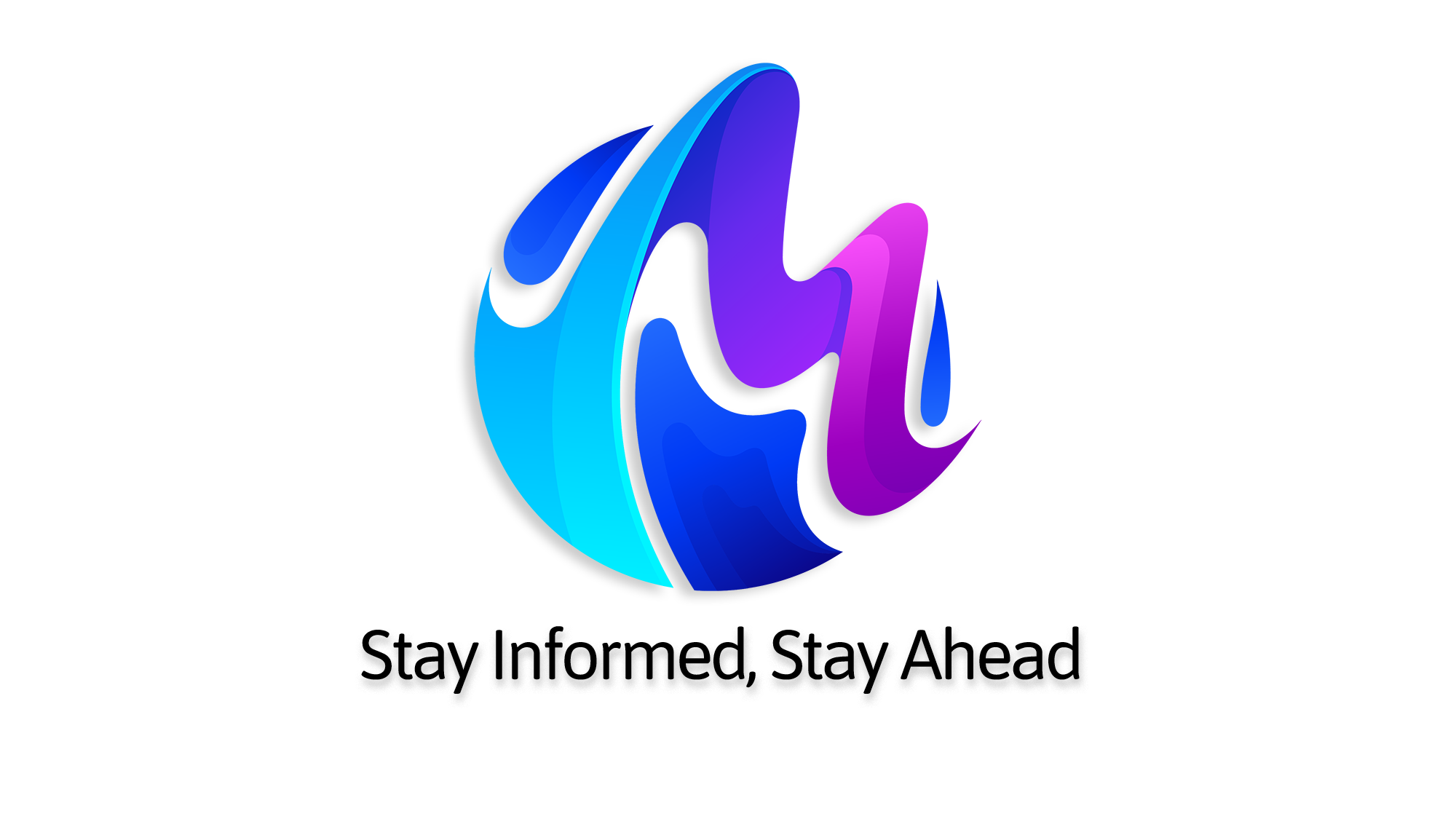
Middle Schoolers, TikTok, and Teachers: Navigating the Digital Landscape
Discover how teachers can guide middle schoolers in using TikTok responsibly. Learn how to block someone on TikTok, protect privacy, and foster a positive online environment.

Introduction: The Digital Era in Middle Schools
In today’s digital age, social media platforms like TikTok have become an integral part of the lives of middle schoolers. With its rapid rise in popularity, TikTok has captured the attention of millions of young users worldwide, including a significant number of middle school students. While the platform offers a space for creativity and self-expression, it also poses unique challenges for educators and parents. This article explores the relationship between middle schoolers, TikTok, and teachers, providing insights on how educators can help students navigate the platform safely.
The Popularity of TikTok Among Middle Schoolers
TikTok’s appeal among middle schoolers is undeniable. The app’s short-form video format, catchy music, and viral challenges make it incredibly engaging for young users. Middle schoolers often use TikTok to express themselves, connect with peers, and participate in trending challenges. However, this popularity also raises concerns about the potential risks associated with the platform, such as exposure to inappropriate content, cyberbullying, and privacy issues.

The Role of Teachers in Guiding Digital Behavior
Teachers play a crucial role in shaping the digital behavior of middle schoolers. As educators, they are in a unique position to guide students on how to use TikTok and other social media platforms responsibly. This includes teaching students about the importance of online privacy, respectful communication, and the potential consequences of sharing personal information online.
Understanding TikTok’s Impact on Education
TikTok’s influence extends beyond entertainment; it also affects education. Many students are now using TikTok as a learning tool, creating educational content, and even following teachers who share instructional videos. However, the platform’s addictive nature can also distract students from their studies, leading to a decline in academic performance. Teachers must strike a balance between acknowledging TikTok’s educational potential and addressing its possible negative impacts.
Digital Citizenship in the Classroom
Digital citizenship is a concept that educators must emphasize in today’s tech-driven world. Teaching middle schoolers about digital citizenship involves educating them on how to interact responsibly online, how to protect their personal information, and how to recognize and report harmful behavior. By integrating digital citizenship into the curriculum, teachers can help students make informed decisions on platforms like TikTok.
How to Block Someone on TikTok?
Knowing how to block someone on TikTok is a crucial skill for middle schoolers who want to maintain a safe and positive online experience. Blocking someone on TikTok prevents them from viewing your content, sending messages, or interacting with your profile. Here’s a quick guide for teachers to share with their students:
- Find the User: Use the search function to locate the user you want to block.
- Visit Their Profile: Tap on the user’s profile to access their page.
- Tap the Three Dots: On the top-right corner of the profile, tap the three dots or the share icon.
- Select Block: From the menu, choose “Block” and confirm your action.
By teaching students how to block someone on TikTok, teachers can empower them to take control of their online interactions and protect themselves from unwanted attention.
Managing Privacy Settings on TikTok
Privacy is a major concern for middle schoolers using TikTok. Teachers should educate students on the importance of managing their privacy settings to ensure they have control over who can view their content. TikTok offers various privacy options, such as making an account private, controlling who can comment on videos, and filtering direct messages. Encouraging students to regularly review and adjust their privacy settings can help them avoid potential risks.
Addressing Cyberbullying on TikTok
Cyberbullying is a significant issue on social media platforms, and TikTok is no exception. Teachers must be vigilant in addressing any signs of cyberbullying among middle schoolers. This includes creating an open dialogue where students feel comfortable reporting any negative experiences they encounter on TikTok. Additionally, educators can provide resources and strategies for students to deal with cyberbullying, such as blocking offenders, reporting abusive content, and seeking support from trusted adults.
Encouraging Positive Content Creation
TikTok can be a platform for positive content creation, where middle schoolers can express themselves in constructive and creative ways. Teachers can encourage students to use TikTok to share educational content, promote kindness, and participate in challenges that contribute to social good. By fostering a culture of positivity, educators can help students see TikTok as a tool for learning and self-expression rather than a source of stress or negativity.
The Importance of Setting Screen Time Limits
Excessive screen time can have detrimental effects on middle schoolers, including issues with sleep, attention, and academic performance. Teachers and parents should work together to set reasonable screen time limits for TikTok and other digital activities. Encouraging students to balance their time between online and offline activities can promote healthier habits and improve their overall well-being.
Integrating TikTok into the Curriculum
While TikTok is often seen as a distraction, it can also be a valuable educational tool when used appropriately. Teachers can integrate TikTok into their curriculum by encouraging students to create content related to their studies. For example, students can make videos summarizing a book, demonstrating a science experiment, or explaining a historical event. This approach not only makes learning more engaging but also helps students develop digital literacy skills.
Understanding TikTok’s Algorithm and Its Effects
TikTok’s algorithm is designed to keep users engaged by showing them content that aligns with their interests. However, this can also lead to the reinforcement of certain behaviors and the creation of echo chambers. Teachers should educate students on how TikTok’s algorithm works and the importance of diversifying the content they consume. Encouraging students to explore a variety of topics can broaden their perspectives and reduce the negative impact of the algorithm.
The Legal and Ethical Implications of TikTok Use in Schools
The use of TikTok in schools raises legal and ethical concerns, particularly regarding data privacy and the protection of minors. Teachers must be aware of these issues and ensure that any use of TikTok in the classroom complies with school policies and regulations. Additionally, educators should have open discussions with students about the ethical implications of using social media, including the importance of respecting others’ privacy and intellectual property.
TikTok Challenges: Fun or Dangerous?
TikTok is known for its viral challenges, some of which can be harmless fun, while others may pose risks to students’ safety. Teachers should stay informed about the latest TikTok trends and challenges and advise students on how to discern which ones are safe to participate in. By promoting critical thinking, educators can help students avoid potentially dangerous activities on TikTok.
Collaborating with Parents to Monitor TikTok Use
Parents play a critical role in monitoring their children’s TikTok use, and collaboration between teachers and parents is essential for ensuring students’ safety online. Teachers can provide parents with resources and tips on how to set up parental controls, monitor screen time, and have open conversations with their children about their TikTok activities. By working together, teachers and parents can create a supportive environment that promotes healthy TikTok use.
Conclusion: The Future of TikTok in Education
As TikTok continues to evolve, its role in the lives of middle schoolers will likely grow. Teachers have the responsibility to guide students in using TikTok responsibly, ensuring that the platform is a source of positive experiences and learning opportunities. By teaching digital citizenship, promoting privacy awareness, and fostering a culture of positive content creation, educators can help middle schoolers navigate TikTok safely and effectively.
For more insights on digital safety and online education, check out our article on How to Handle eBay Returns. This resource offers additional tips on managing online interactions and protecting your digital presence.






